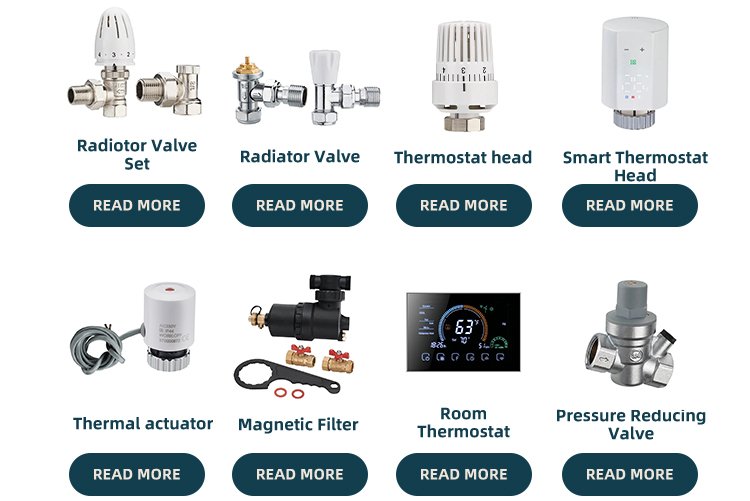You’ve cranked up the heat, but your steam radiator sits there, cold and useless, leaving you shivering in your own home. This isn’t just annoying—it could mean wasted energy bills or even a bigger repair down the road. Don’t worry, though; this article will walk you through why it’s happening and how to fix it fast.
If your steam radiator isn’t getting hot, it’s likely due to a faulty steam control valve, trapped air, or uneven pressure. A clogged or broken valve stops steam from flowing, while air pockets block heat. Check the valve and bleed the system to get things warming up again.
Sounds simple, right? But there’s more to it than that. Stick around to learn how steam radiator valves work, what they cost to replace, and why they’re key to keeping your home cozy.

What Does a Steam Control Valve Do?
A steam control valve is the unsung hero of your heating system. It’s the gatekeeper that decides how much steam flows into your radiator. When it’s working right, it keeps your room at a steady, comfy temperature. If it’s stuck or broken, though? No steam, no heat. Think of it like a faucet for your radiator—turn it on, steam comes in; turn it off, it stops. For folks like Antonio in Russia, who rely on brass thermostatic radiator valves from IVALVECRAFT, this little piece is crucial. Our valves, built for stable export pressure and high quality, make sure steam flows smoothly. Whether you’re using a thermostatic radiator valve Honeywell or a basic model, installation matters—check out thermostatic radiator valve installation tips online to avoid hiccups. A good valve saves energy and keeps your heating system humming all winter long.
How Much Does It Cost to Replace a Steam Radiator Valve?
Replacing a steam radiator valve doesn’t have to break the bank, but costs can vary. On average, you’re looking at $50 to $150 for the valve itself—ours at IVALVECRAFT start low thanks to our wholesale B2B model. Labor’s another story; plumbers might charge $100 to $300 depending on where you are—say, Poland or the UK. For a one-pipe steam thermostatic radiator valve, it could nudge higher due to complexity. Want to DIY? Check thermostatic radiator valve installation cost guides to save cash, but you’ll need tools and know-how. Antonio, our typical customer, cares about quality and price. He’d love our brass safety valves—affordable yet tough. Shipping from China is quick too, so no delays. Bottom line: plan for $150 to $450 total, but shop smart to keep it low.
What Are the Two Valves on a Radiator For?
Most radiators have two valves, and they’re not just for show. The first is the steam inlet valve—often a thermostatic radiator valve—which controls how much steam gets in. Twist it to adjust heat; it’s that simple. Not sure how? Search thermostatic radiator valve how to use for a quick lesson. The second is the air vent or bleed valve. It lets trapped air escape so steam can fill the radiator. If air’s stuck, you’ll get that cold radiator problem. For IVALVECRAFT customers in Germany or Romania, our manifolds and thermostatic mixing valves pair perfectly with these setups. Both valves work together to keep heat flowing and pressure steady. Mess with them wrong, though, and you’re back to square one—shivering. Keep them clean and working, and you’re golden.
Summary
So, why isn’t your steam radiator getting hot? It could be a busted steam control valve, trapped air, or pressure issues—all fixable with a little know-how. We’ve covered what steam valves do (control the flow), replacement costs (around $150-$450), and the two valves’ roles (steam in, air out). For Antonio and other buyers in Russia or the Czech Republic, IVALVECRAFT’s high-quality brass thermostatic radiator valves solve these headaches. With stable export pressure and solid flow rates, our products keep your heating on point. Next time you’re sourcing from trade shows or Alibaba, think about us.
Choose IVALVECRAFT, choose reliable partner, enjoy the high quality and best service.


